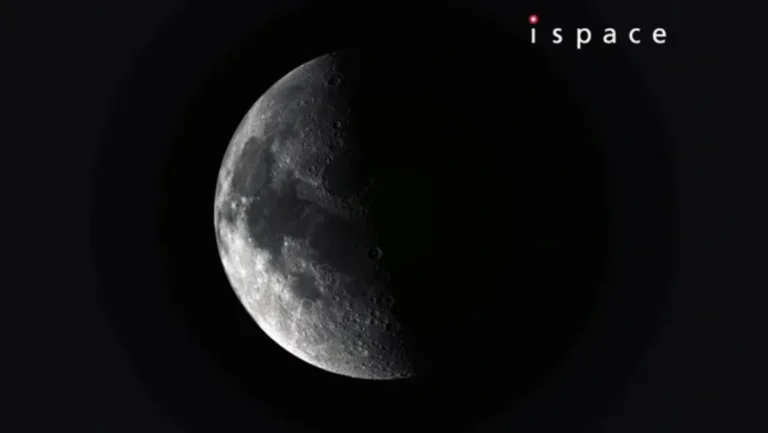Hubble Captures a Peculiar Spiral Galaxy

A beautiful, yet distorted, spiral galaxy shines in this image from NASA/ESA’s Hubble Space Telescope. The galaxy, named Arp 184 or NGC 1961, is located about 190 million light-years from Earth in the constellation Camelopardalis (The Giraffe).
The name Arp 184 comes from the Atlas of Peculiar Galaxies, compiled by astronomer Halton Arp in 1966. The catalog includes 338 galaxies with unusual shapes that tend to be neither fully elliptical nor fully spiral. Many of these galaxies are interacting with others, while others are dwarf galaxies without well-defined structures. Arp 184 earned its spot in the catalog due to its unique and broad spiral arm, speckled with stars, which appears to stretch toward us. The opposite side of the galaxy displays some trails of gas and stars but lacks an equally impressive spiral arm.
This Hubble image combines data from three Snapshot observation programs, which consist of brief observations inserted into gaps between other proposals. One of these programs targeted Arp 184 because of its peculiar appearance. This program observed galaxies listed both in the Atlas of Peculiar Galaxies and the Southern Peculiar Galaxies and Associations Catalog, a similar catalog compiled by Halton Arp and Barry Madore.
The other two Snapshot programs focused on the consequences of brief astronomical events, such as supernovae and tidal disruption events — like when a supermassive black hole tears apart a star that has ventured too close. Since Arp 184 has been the site of four known supernovae in the past three decades, it is a promising target for supernova hunts.
Via: NASA






